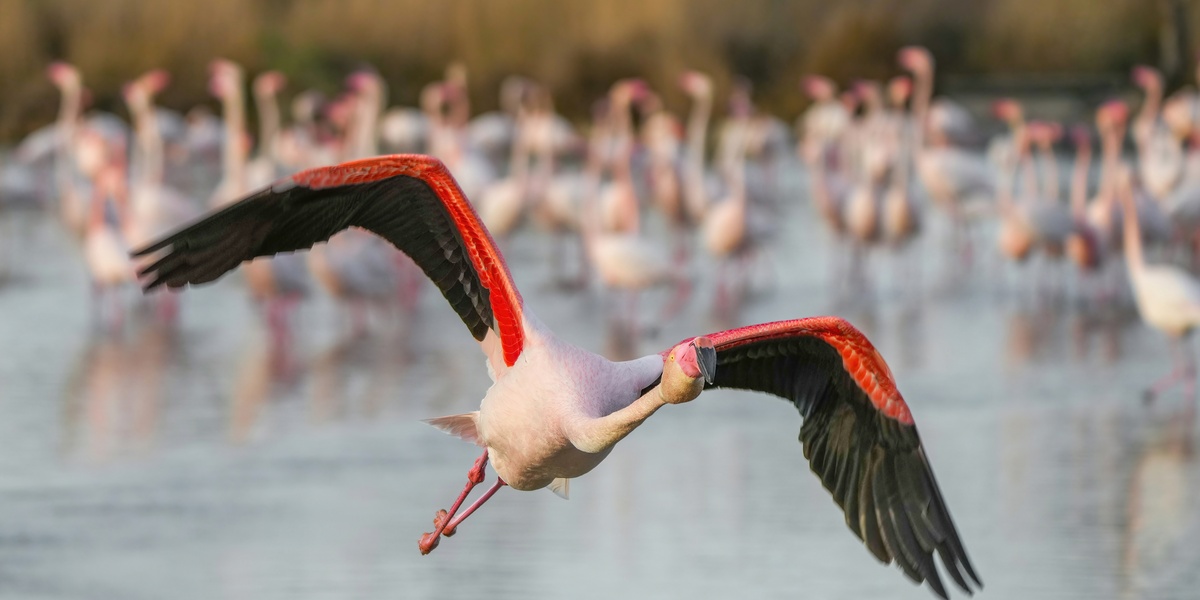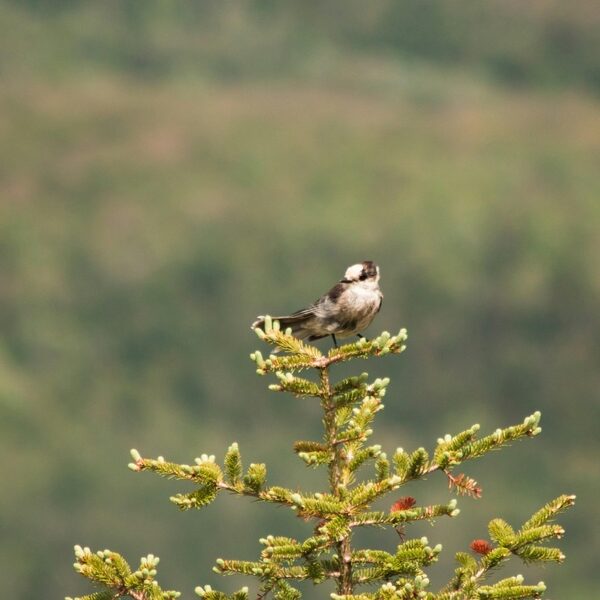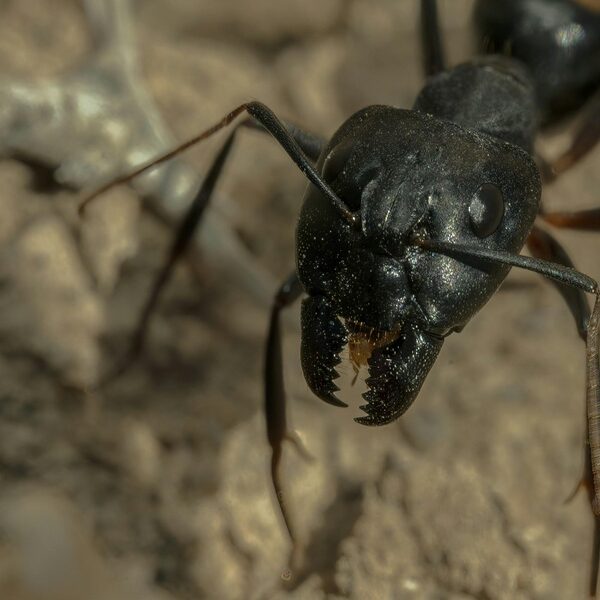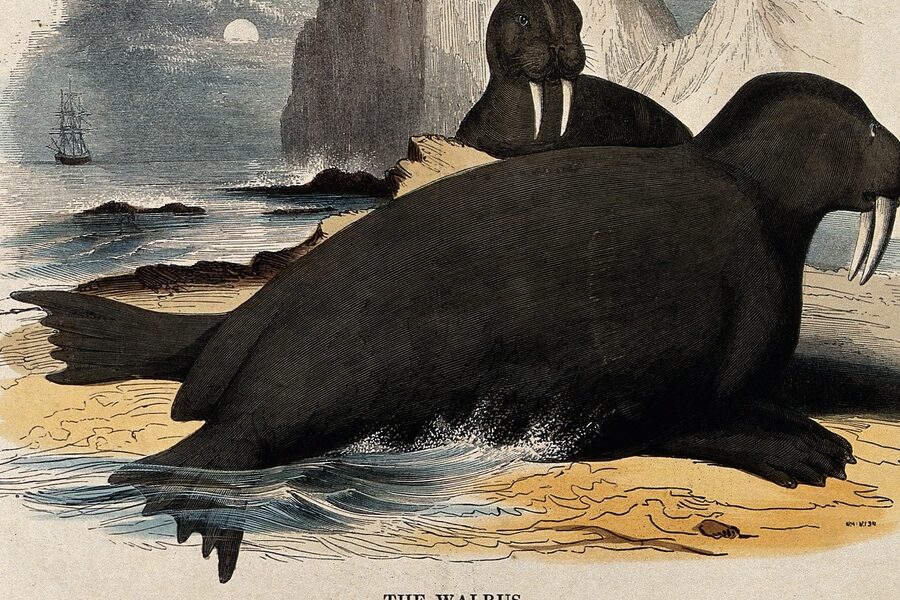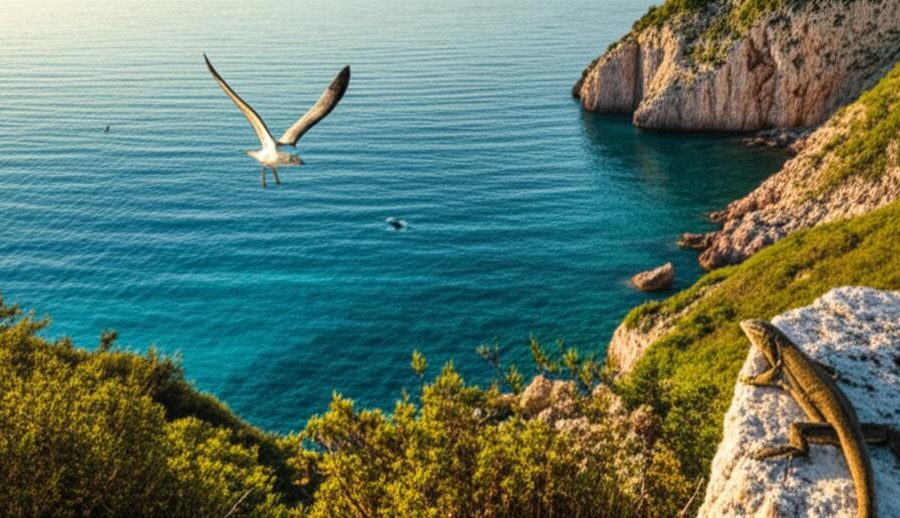Across salt flats, mangroves and tropical estuaries, pink animals punctuate bright landscapes and unexpected corners of the globe. Seeing a ribbon of color — from wading birds along shorelines to odd freshwater dolphins upriver — is a reminder of how varied pink can be in nature.
There are 14 biggest pink animals, ranging from American flamingo to Roseate spoonbill. For each species you’ll find below Scientific name,Max size (length m / weight kg),Range & pink cause so you can compare how size, distribution and the reason for their color differ across the list — you’ll find the details below.
How do these animals get their pink color?
Most get pink from pigments called carotenoids that accumulate through diet (flamingos and spoonbills eat crustaceans and algae), while others show pink from skin or blood visible through pale tissue, or from structural/age-related changes; the list notes the primary cause for each species.
What does “biggest” mean in this list?
“Biggest” is based on reported maximum size per species — length and/or weight where available — and is presented in the Max size (length m / weight kg) column so you can see whether a species ranks larger by length, mass, or both.
Biggest Pink Animals
| Name | Scientific name | Max size (length m / weight kg) | Range & pink cause |
|---|---|---|---|
| Greater flamingo | Phoenicopterus roseus | 1.50 m / 4.50 kg | Africa, Eurasia; carotenoids from algae and crustaceans |
| American flamingo | Phoenicopterus ruber | 1.50 m / 4.00 kg | Caribbean, northern South America; carotenoids from crustaceans and algae |
| Chilean flamingo | Phoenicopterus chilensis | 1.30 m / 4.00 kg | South America; carotenoids from algae and crustaceans |
| Andean flamingo | Phoenicoparrus andinus | 1.10 m / 3.50 kg | Andes high lakes; carotenoids from algae and brine shrimp |
| James’s flamingo | Phoenicoparrus jamesi | 0.90 m / 2.50 kg | Puna Andes; carotenoids from algae and crustaceans |
| Lesser flamingo | Phoeniconaias minor | 0.90 m / 2.50 kg | Africa, India; carotenoids from cyanobacteria |
| Roseate spoonbill | Platalea ajaja | 0.86 m / 1.60 kg | Americas coasts; carotenoids from crustaceans and shrimp |
| Pink river dolphin | Inia geoffrensis | 2.50 m / 160.00 kg | Amazon Basin; blood-vessel visibility, scarring and diet influence pink color |
| Indo-Pacific humpback dolphin | Sousa chinensis | 2.70 m / 180.00 kg | Indo-Pacific coasts; some populations naturally pink from blood-vessel visibility |
| Galápagos pink land iguana | Conolophus marthae | 1.00 m / 8.00 kg | Galápagos Islands; unique pigment patterns and reduced melanin |
| Pink fairy armadillo | Chlamyphorus truncatus | 0.15 m / 0.20 kg | Central Argentina; thin shell and blood-rich tissues make it appear pink |
| Galah | Eolophus roseicapilla | 0.35 m / 0.35 kg | Australia; pink chest and face from carotenoids and feather structure |
| Major Mitchell’s cockatoo | Lophochroa leadbeateri | 0.38 m / 0.50 kg | Australia interior; salmon-pink plumage from pigments and feather structure |
| Pink sea star | Echinaster sepositus | 0.30 m / 0.50 kg | Mediterranean Sea; pink pigmentation in the skin |
Images and Descriptions
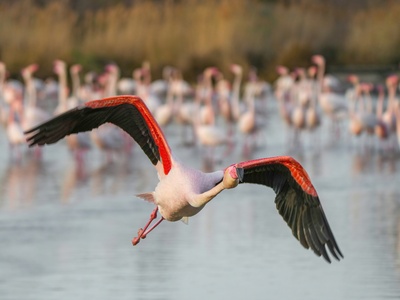
Greater flamingo
The largest and most widespread flamingo species, standing up to 1.5 m. Bright pink feathers come from diet-derived carotenoids. They form large colonies on saline lakes and are famous for long legs, curved bills, and filter-feeding behavior.
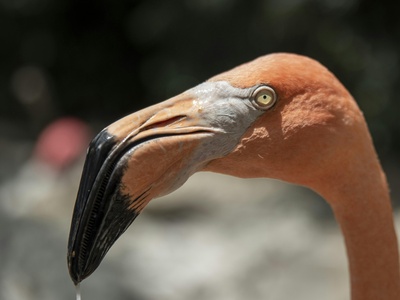
American flamingo
Found around Caribbean lagoons and coastal flats, this flamingo’s adult plumage ranges from pale to bright pink due to carotenoid intake. It is social and often seen feeding in shallow waters with its distinctive downturned bill.

Chilean flamingo
A tall, pale-pink flamingo native to South American saline lakes. Adults acquire pink hues from carotenoids in their food. Slightly paler than other flamingos, it inhabits inland and coastal wetlands, often at higher altitudes.
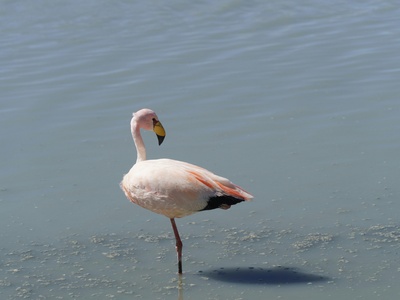
Andean flamingo
A high‑altitude specialist of Andean salt lakes, the Andean flamingo shows pink plumage from carotenoid-rich diets. It has yellow legs and a narrow bill adapted for feeding on microscopic algae.
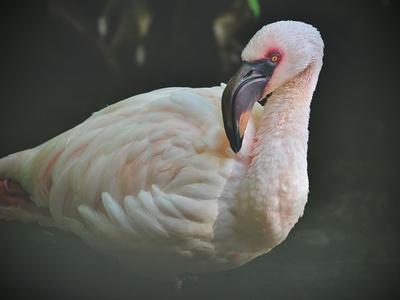
James’s flamingo
Also called the Puna flamingo, this compact Andean species is richly pink as an adult due to carotenoid-rich diets. It lives in remote high‑altitude lakes and gathers in large colony numbers for breeding.
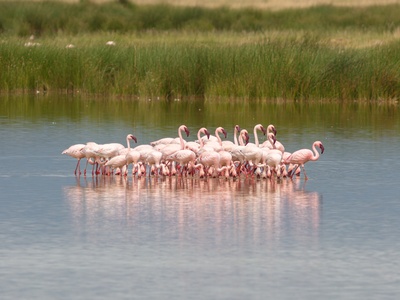
Lesser flamingo
The smallest flamingo species but often seen in vast, dense flocks. Its intense pink color comes from carotenoids produced by cyanobacteria in soda lakes where it feeds and breeds.

Roseate spoonbill
A long-legged wader with vivid pink plumage and a spatulate bill used to sweep for small prey. Its rosy color comes from diet-derived carotenoids and varies with feeding success and location.
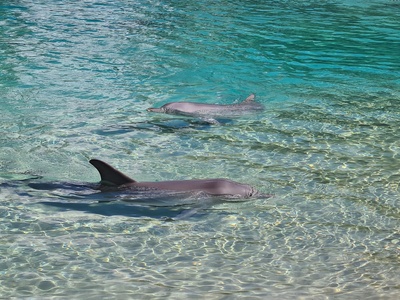
Pink river dolphin
Also called the boto, this freshwater dolphin ranges across the Amazon and often appears pink as adults. Pinkness relates to blood-vessel visibility, scarring, and age-related pigmentation; adults are large for river dolphins and eat diverse fish.

Indo-Pacific humpback dolphin
A coastal dolphin that can be predominantly pink in certain populations (notably Hong Kong). Adult coloration varies, with pink tones linked to blood-vessel patterns, scarring, and pigmentation; they inhabit estuaries and shallow coastal waters.

Galápagos pink land iguana
Discovered relatively recently, this rare land iguana has pink-and-black mottled adult skin. Its rosy color stems from distinctive pigmentation and lower melanin. It is large for terrestrial iguanas and restricted to a tiny Galápagos range.
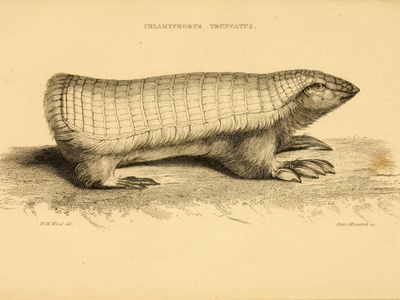
Pink fairy armadillo
The smallest armadillo species, with a pale-pink, flexible shell and subterranean habits. Adults are tiny but notable for their rosy armor formed by thin, translucent carapace covering blood-rich tissues beneath.
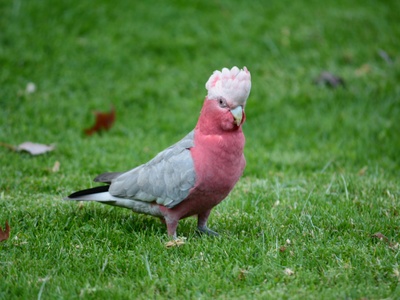
Galah
A common Australian cockatoo with rose-pink face and chest paired with grey wings. Social and often seen in large flocks, the galah’s natural pink coloring is persistent in adults and iconic across the continent.

Major Mitchell’s cockatoo
Famous for its brilliant salmon-pink crest and body, this medium-sized cockatoo inhabits arid and semi-arid Australian interiors. Adults display vivid pink colors during courtship and territorial displays and are prized for striking natural plumage.

Pink sea star
A common Mediterranean starfish often bright pink to orange-red, reaching around 30 cm across. Its natural adult coloration is persistent; it forages on reefs and rocky bottoms, feeding on sessile invertebrates.
